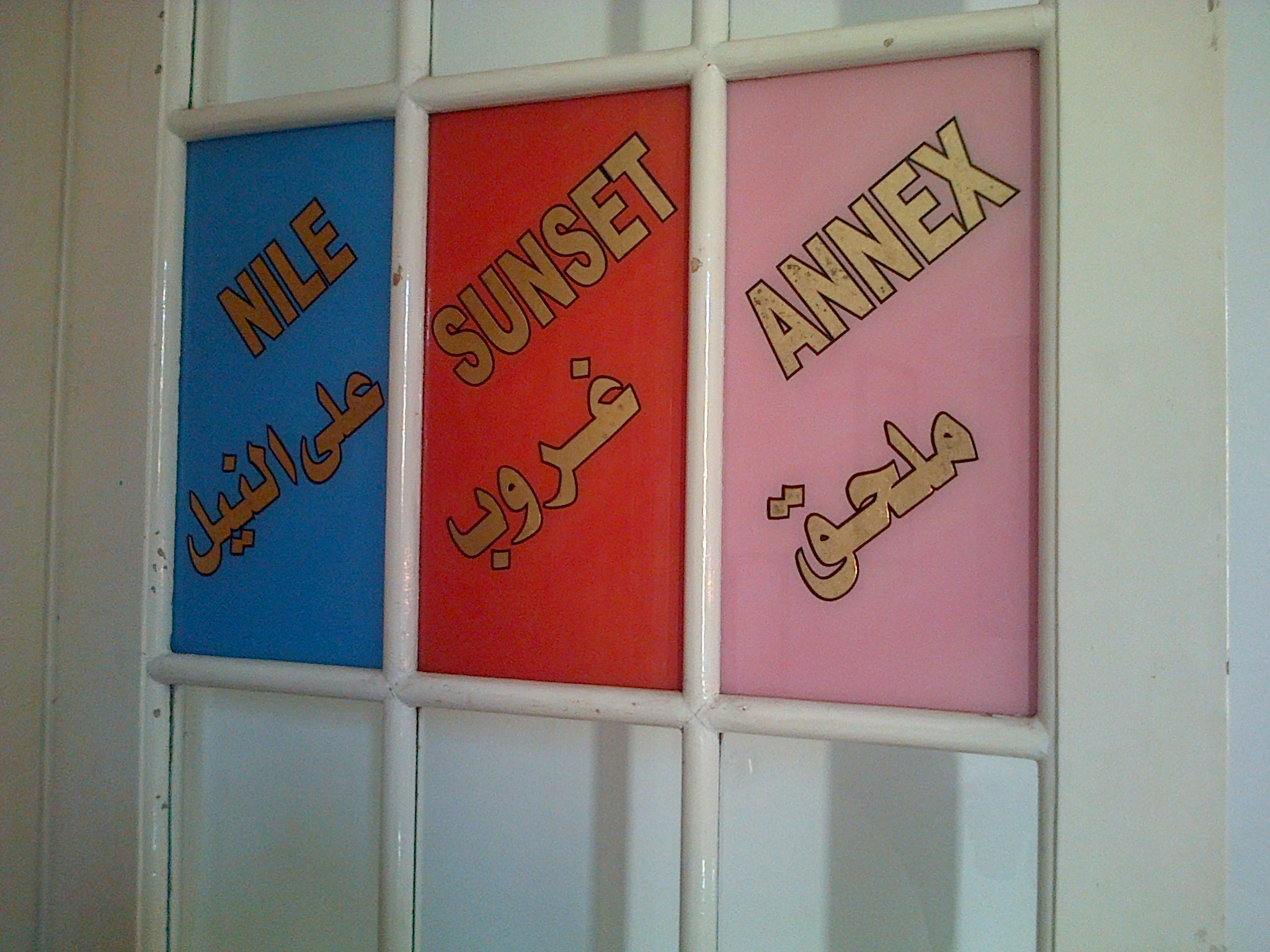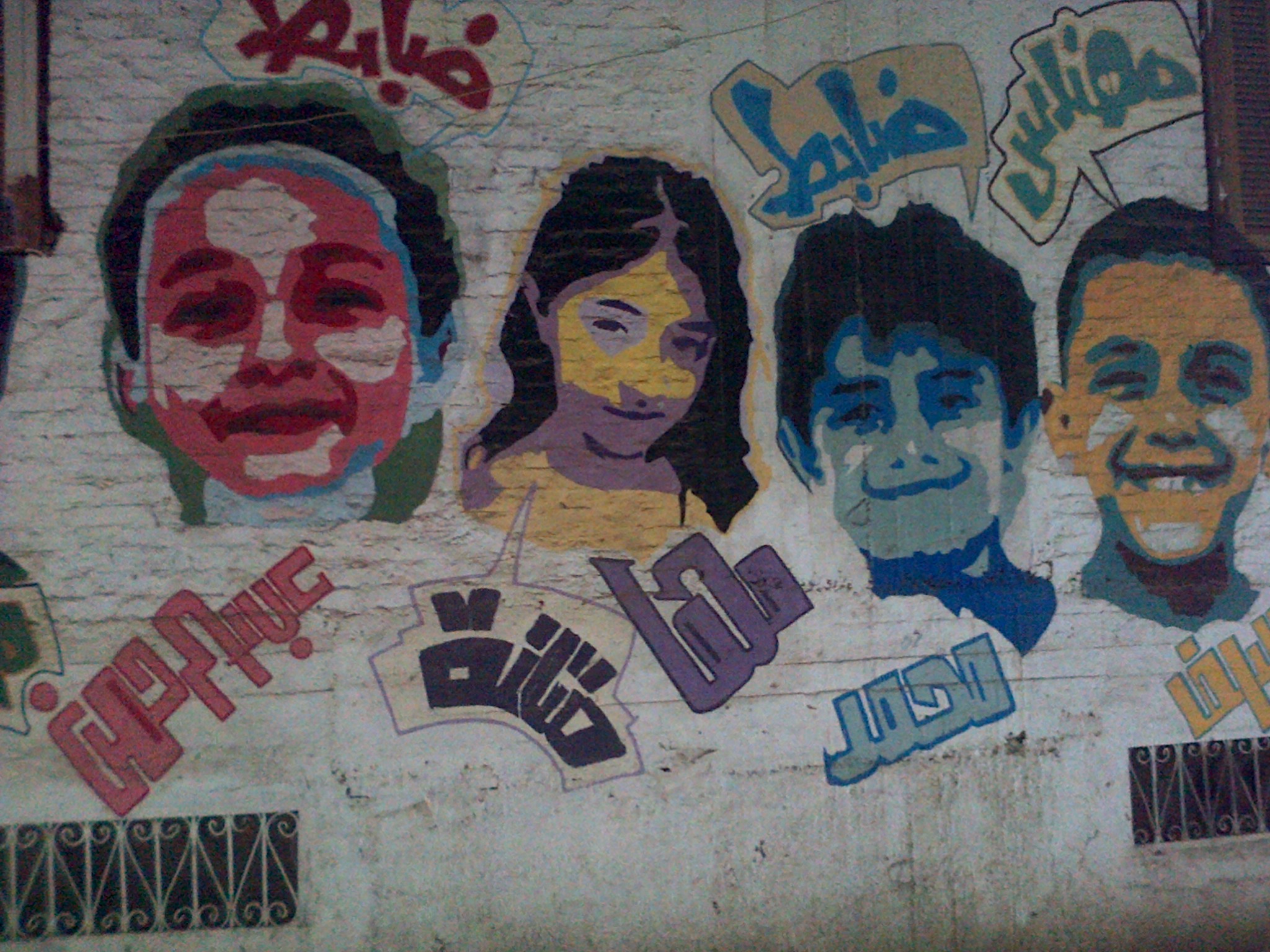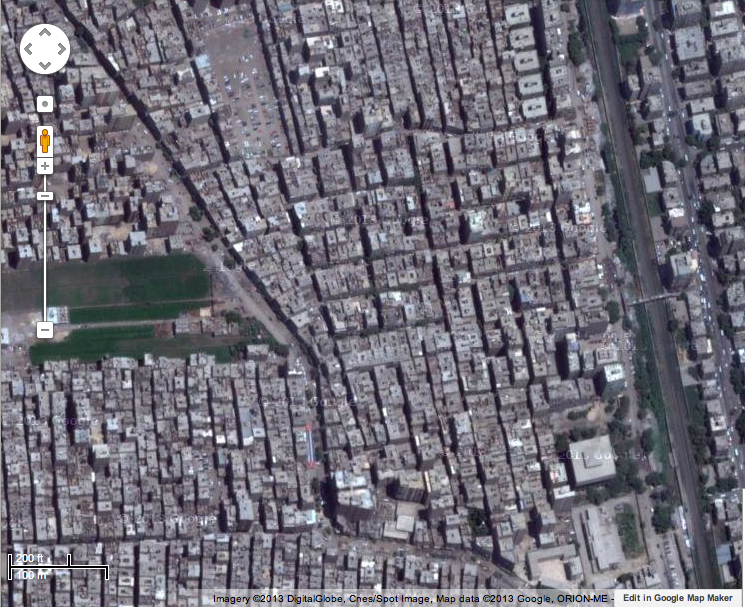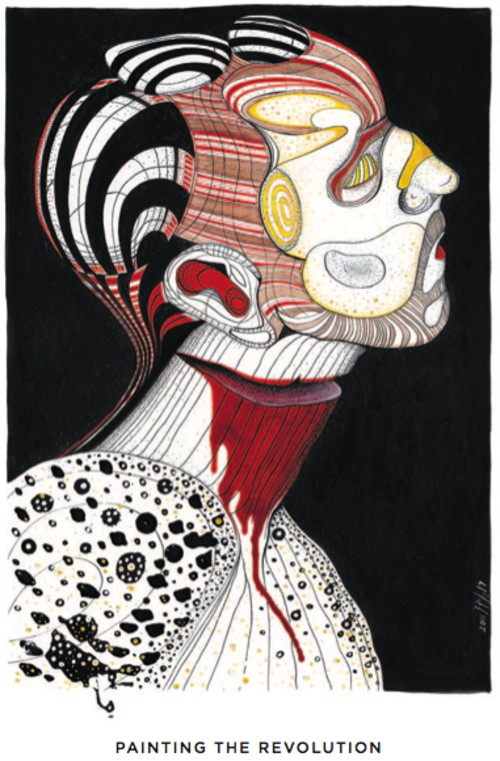The radio program The World just ran a piece I did on the Cairo arts scene and particularly on how artists are taking advantage of the current chaos/freedom to use public spaces they were barred from before and to connect with new audiences.
The piece discusses the recent Downtown Contemporary Arts Festival and an installation by Ganzeer and Yasmine El Ayat.
I also spoke to several other artists, but due to time constraints, those conversations didn't make it into the piece.
Artist Hady Kamar, for example, took time to chat with me about the difficulties of defining "revolutionary" art and the reasons behind the (modest but noticeable) increase in new arts spaces and initiatives in Cairo.
"I think a lot of people are doing more now on their own because a lot of the promises of the revolution weren't fulfilled, " Kamar said. "For example, openness -- societal openness or just a political openness. You can only rely on yourself and you can't sit around relying on [the fact that] the government is going to assist with this or we're going to become a place where there are going to be a lot of cultural spaces, without people taking it on themselves and doing it themselves. "
Kamar is one of the artists behind the charming new Nile Sunset Annex, a one-room exhibition space (in an apartment/studio in Garden City) that puts on a monthly show of physical (as opposed to digital) work and that, in my view, plays with the boundaries between professional art-making and other forms of creativity and craftsmanship, as well as those between genres (in the two shows I've gone to I've seen drawing, music, furniture replicas and embroidery).






